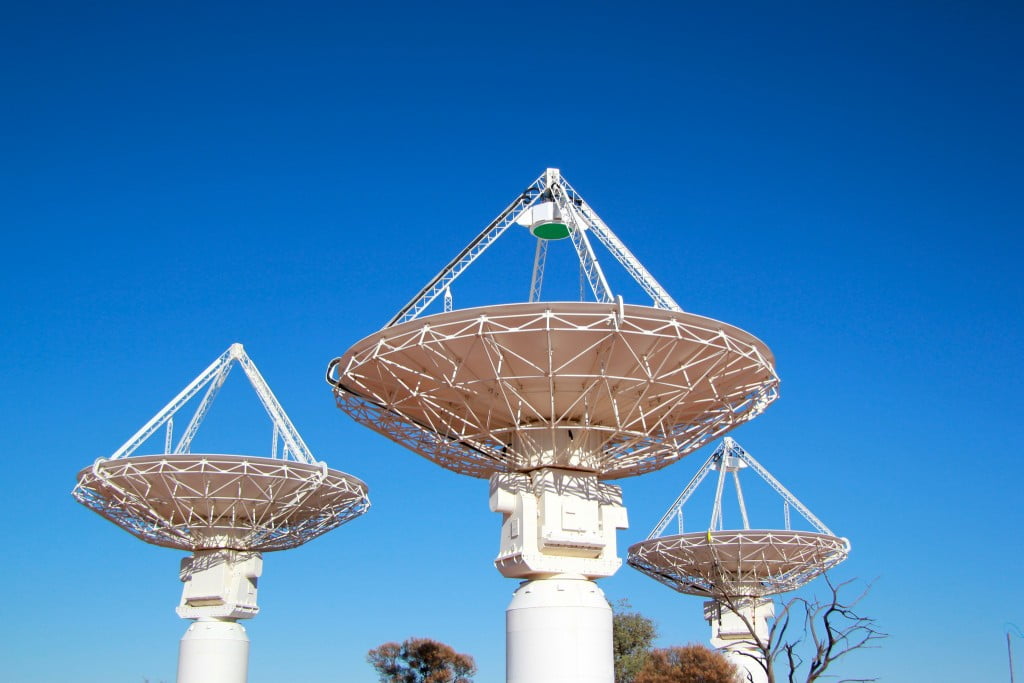The ability of radio astronomers to study the Universe is radically changing, enabling groundbreaking new studies of galaxy evolution. Australia’s $250M ASKAP telescope has now taken its first images, as has South Africa’s MeerKAT facility. Research projects in this area will use data from these world-leading telescopes and other facilities to advance our understanding of how galaxies have been fuelled across cosmic time, and how this relates to their stars, dust, and dark matter content. These surveys will radically increase the number of galaxies that can be used for such studies from just a few hundred to tens of thousands of objects, providing a transformative insight into the way galaxies form and evolve. Some key surveys and project opportunities in this area are briefly listed below:
- Deep HI surveys of the distant universe: DINGO (being carried out on Australia’s ASKAP telescope; and led by Dr Meyer); the LADUMA and MIGHTEE-HI surveys (occurring on South Africa’s MeerKAT telescope); along with the nearly completed CHILES survey (on the VLA in the United States).
- Deep HI surveys of nearby galaxies: IMAGINE (being carried on Australia’s ATCA)
- Potential Topics: The cosmic density and distribution of neutral hydrogen, the connection between galaxies and the cosmic web, the impact of feedback and environment, galaxy dynamics, galaxy scaling relations, angular momentum, the Tully-Fisher relationship, the nature and connection to dark matter, large-scale structure, cosmology, advanced imaging techniques, HI stacking, source finding, simulations, and supercomputing.
- Research Partners: Work will be carried out in close collaboration with team members at ICRAR/UWA, as well as other national and overseas partners (United Kingdom, United States, South Africa, China, Netherlands, and Germany).
- Further Information on potential projects can also be found here.
